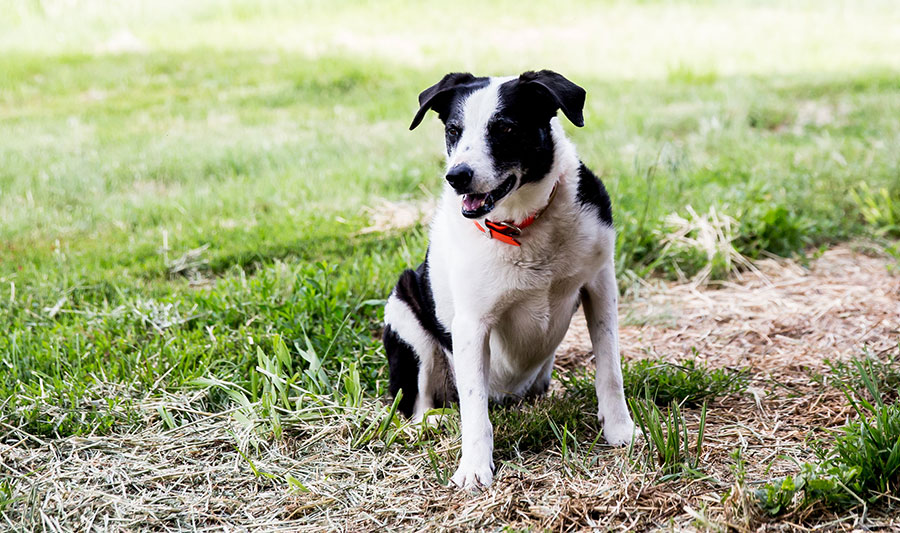
Cheatgrass is also known as downy brome, downy bromegrass, downy chess or June grass or by the scientific name, Bromus tectorum L. This weed is especially prevalent this year in Southwestern Montana. A yearly annual, cheat grass is non-toxic, but still presents a set of challenges to pets and owners.
For the past several weeks, multiple times per day, our veterinarians have been removing cheat grass from pets. The invasive spikelets and seeds are found in pet’s coats, ear canals, between their toes and in more extreme cases, body cavities following migration through the skin.
This weed is very difficult to control, but there are a few precautions that can be taken to avoid veterinary visits. After exposure to this weed, carefully comb through the pet’s coat to remove plant material before it can penetrate the skin. If your dog has especially hairy toes, or spends extended amounts of time in tall grass, consider booties for his feet. If your pet comes in shaking his head, have your veterinarian look in his ears sooner rather than later, to avoid damage to the eardrum from a seed.
If your pet has an embedded piece of plant material, you may see signs of swelling, drainage, protracted licking or head-shaking, fever or lethargy. Remember, it’s always better (and less expensive) to catch a problem earlier rather than later!
Recent Comments